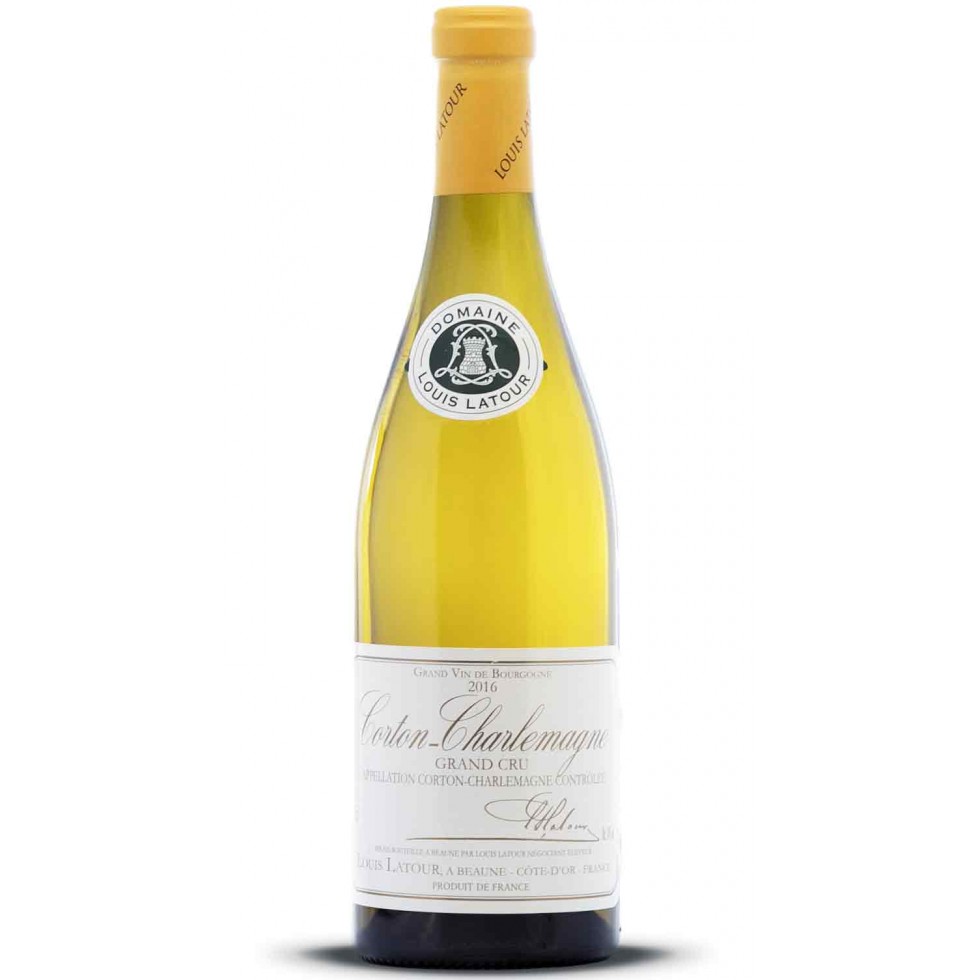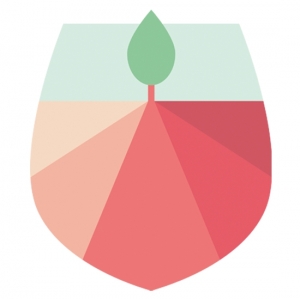
Corton Charlemagne Grand Cru 2016
- White
- 75 cl
Rare for sale online: Corton Charlemagne Grand Cru 2016 from the famous house Louis Latour


Rare for sale online: Corton Charlemagne Grand Cru 2016 from the famous house Louis Latour
Corton Charlemagne Grand Cru 2016
Complex
Powerful
Mineral
Fruity
Woody
This Corton Charlemagne from Maison Louis Latour offers all the promises of this Grand Cru Blanc from the Côte de Beaune, in a 2016 vintage which allows to offer this wine an evolution allowing to open it quickly by exploiting its full potential!
Wine with a translucent golden color and a lively brilliance, this Corton Charlemagne delivers an intense and complex nose, very promising for the appetizer.
The floral aromas will mix with notes of evolved white fruit, with a touch of honey and dried fruits such as almonds or hazelnuts.
Beautiful concentration, roundness and length in the mouth complete the picture of this grand cru which is now in a moment of very beautiful blossoming, probably close to its peak.
Foie gras, noble crustaceans (lobster, lobster)
Wine on sale individually. Special transport conditions and precautions for the online sale of Grands Crus wines
White Burgundy Wines Round and Powerful: Foie Gras, Creamy Sauce Fish, Grilled Sea fish, Lobsters, lobsters, Cream Poulardes, Civet Volailles, Epoisse, Roquefort, Bleu de Bresse
Appellation
Grand CruType of Wine
StillWine Making
Oak casksGrape Variety
ChardonnayHarvest
ManualBurgundy Region
Côte de BeauneVintage
2016Service
12 to 14 degreesCustody potential
2028
Characteristics of the wines
Pale gold in its youth and adorned with green reflections, Corton-Charlemagne takes on amber and more yellow nuances with age. Infinitely delicate, its bouquet expresses, in buttery tones, baked apple, citrus, pineapple, lime blossom, fern, juniper, cinnamon and flint. Honeyed notes are frequent. Leather and truffles are an escort to
old vintages (up to 25 to 30 years). The glass and the palate are filled with a powerful breath. With its virulent richness, the Chardonnay surprises here by its concentration, its distinction and its balance. Rarely does the grace of the grape variety establish such a close link with the character of its terroir.
Sommelier's tip
The breath, richness and distinction of Corton-Charlemagne indicate a remarkable acidity, perfectly controlled by a round opulence in the mouth, which should be combined with noble and delicate dishes, but themselves powerful and aromatic. The natural candidates will be foie gras, whose bitterness will be framed by minerality and potency
wine, than, more classically, noble crustaceans, whose delicately strong flesh leads to a spectacular harmony: lobster, lobster, crab... Poultry and veal in white sauce will also do it justice, as will blue cheeses.
Serving temperature: 12 to 14 °C.
Situation
On the border between the Côte de Nuits and the Côte de Beaune, leaning towards this side, between 280 and 330 metres above sea level, the Corton-Charlemagne is largely exposed to the south-west (rare in the Côte). High and rounded on its three wine-growing sides, the Montagne de Corton brings together here the villages of Aloxe-Corton (Le Charlemagne Climate), Pernand-Vergelesses (Charlemagne Climate) and Ladoix-Serrigny (some Climats in whole or in part: Pougets, Corton, Languettes).
This vine was offered by Emperor Charlemagne in 775 to the collegiate church of Saint-Andoche in Saulieu. It will remain in this heritage for a thousand years! Still celebrating the emperor with the flowery beard today, the Corton-Charlemagne brings together the Climats Charlemagne and En Charlemagne as well as a few neighbouring and federated Climats under this banner (the AOC Grand Cru dates from 31 July 1937). Unlike the Corton, the name of the Climat does not appear on the label.
Terroirs
On steep slopes (20 to 23%) and on the highest part of the Montagne de Corton which offers a perfect geological section (younger Jurassic soils between Ladoix-Serrigny and Meursault, 145 million years old), marly soils whose colour varies (yellowish, ochre, brown), rich in clay. Limestone banks alternate with marls under a thin layer of rendzines.
Corton (mainly red) is produced halfway up the hillside on significantly different soils.
List of climats and localities of this appellation
Source: Burgundy Wines
Buy great Burgundy wines online : Le Bourguignon offers a unique selection of Burgundy wines from harvesting producers on the online store.
Le Bourguignon selects only wines from harvesting producers respecting the traditional methods of Burgundy.
Before being offered for sale, the wines are selected by a jury of experts composed of an Oenologist, a sommelier and a taster specializing in Burgundy Wines.
